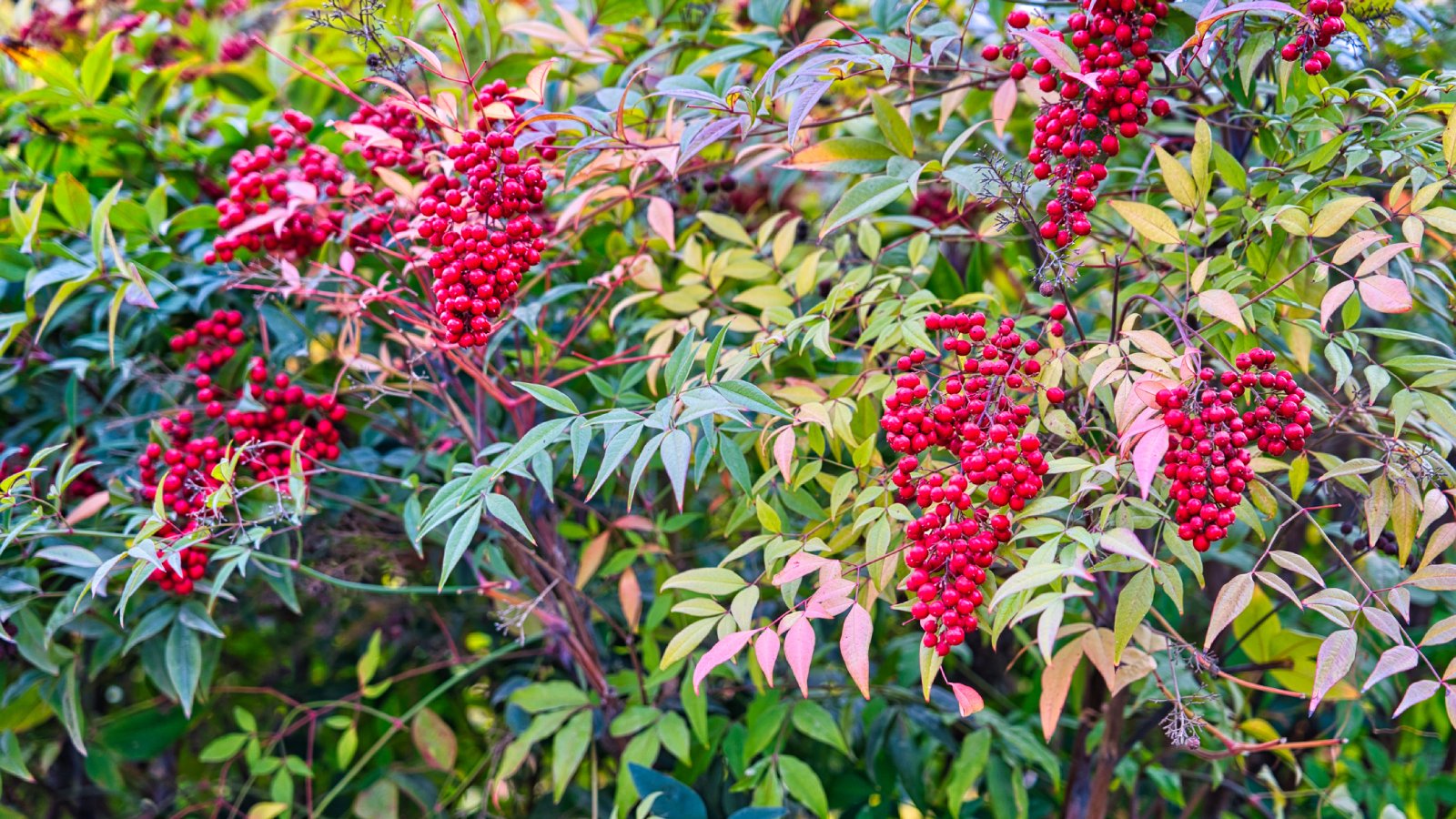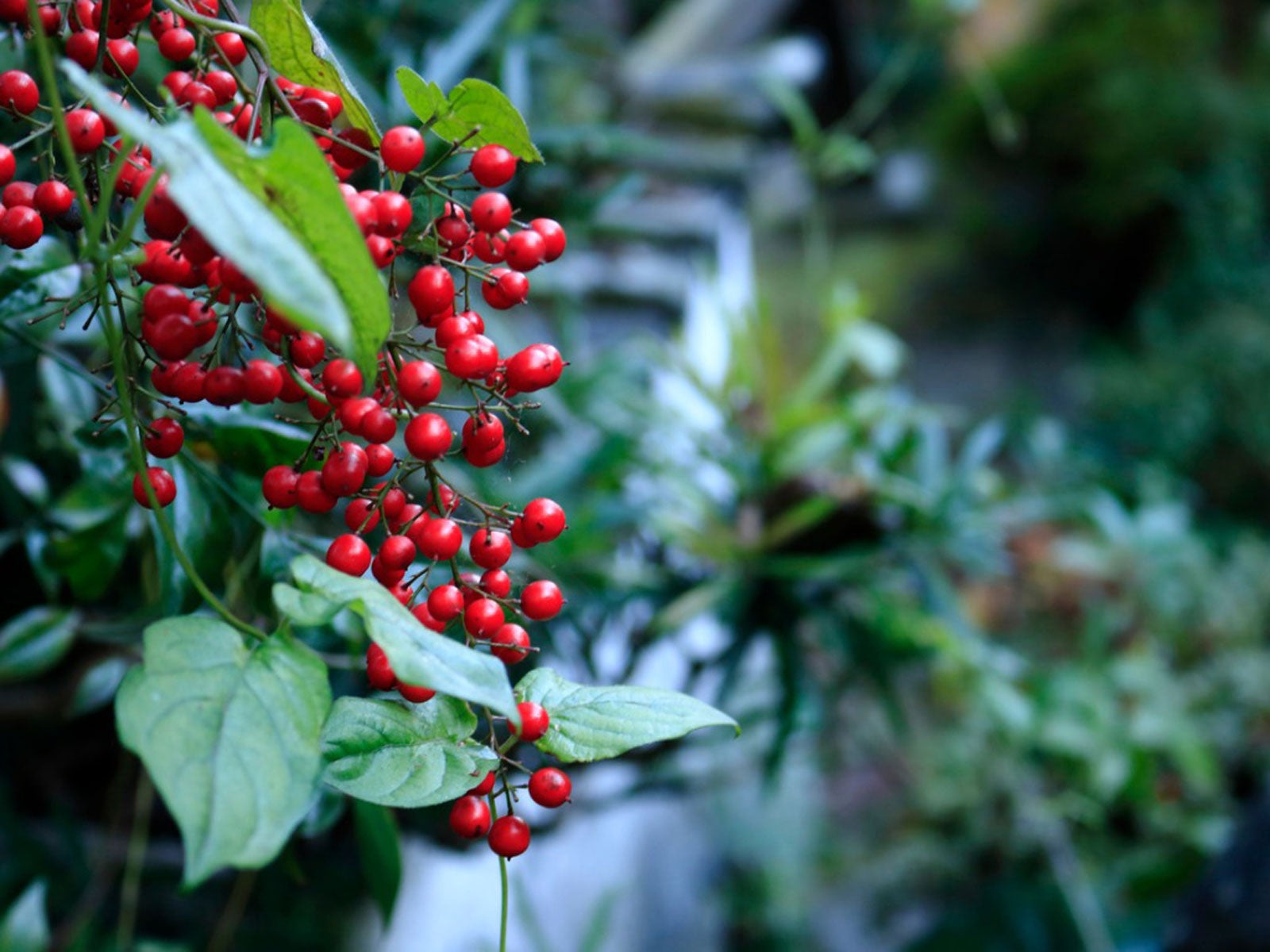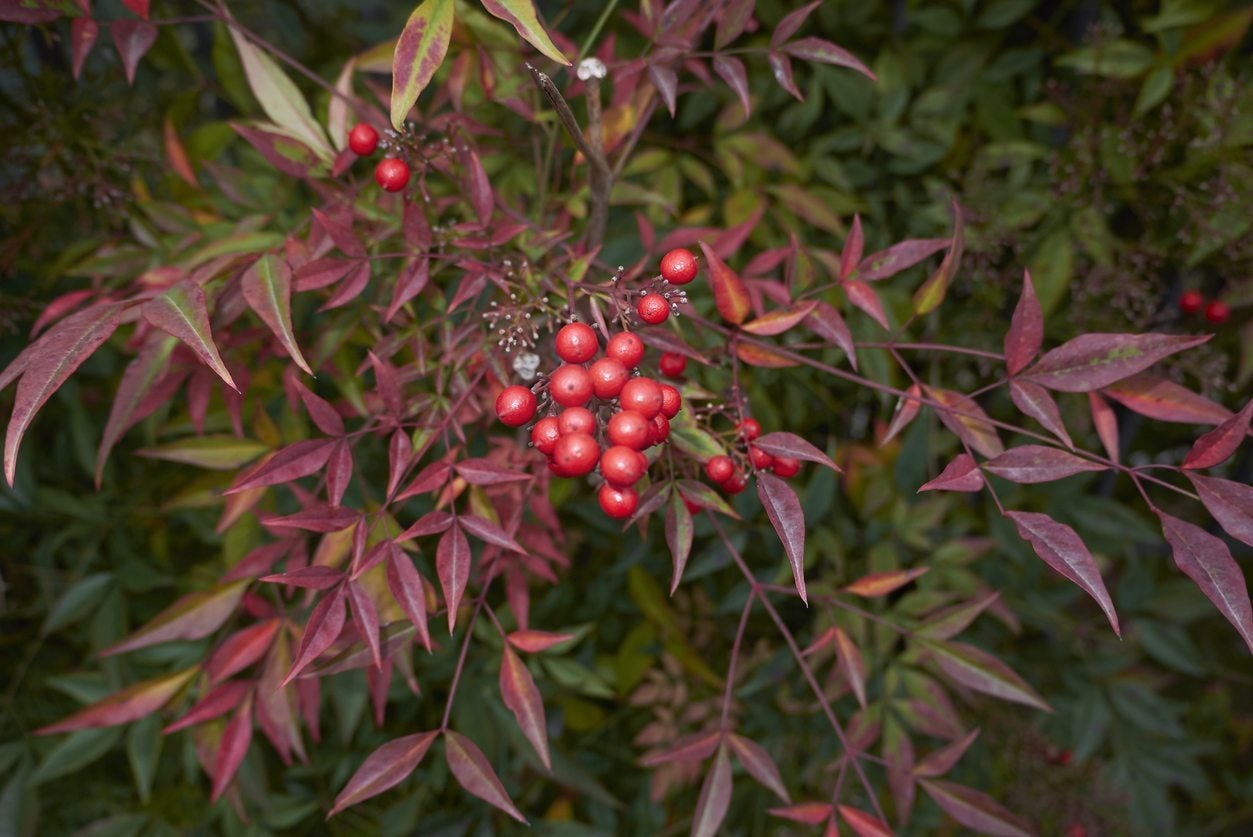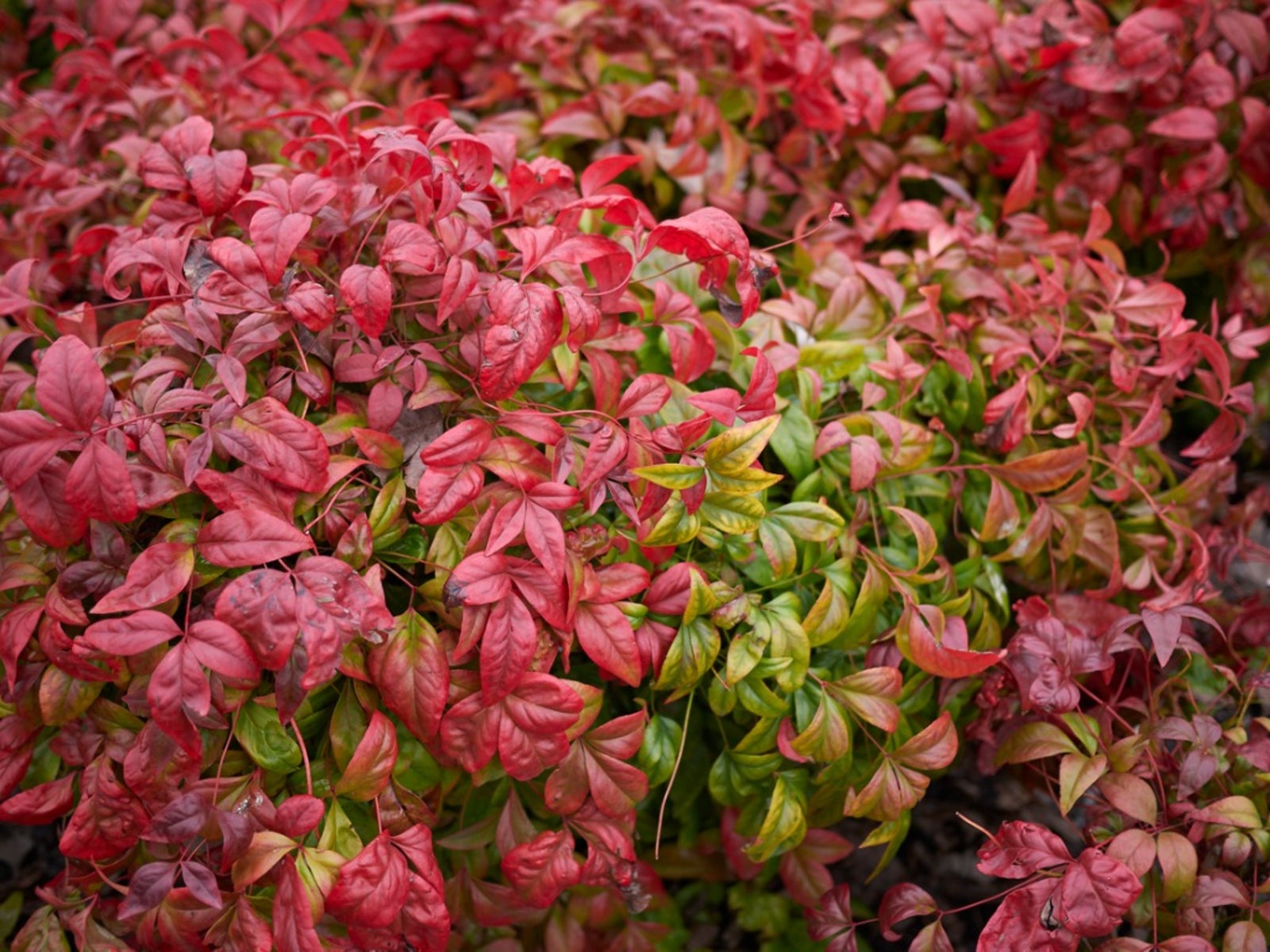Native Nandina Alternatives: Heavenly Bamboo Replacement Plants


Turn any corner and on any residential street and you’ll see Nandina shrubs growing. Sometimes called heavenly bamboo, this easy-to-grow bush is used often in USDA zones 6 to 9 as an ornamental. With late spring blooms, scarlet foliage in autumn and red berries in winter, it has three seasons of interest. It is evergreen or semi-evergreen but is also, unfortunately, an invasive exotic. It is toxic to wildlife, and sometimes fatal to unsuspecting birds.
Heavenly Bamboo Replacement
Nandina domestica can escape cultivation and outgrow native plants in the forest. It was once thought to be a great addition to the landscape, growing in many of your neighbor’s yards. It presents a constant battle with suckers and rhizomes to keep it under control. What are some good alternatives to heavenly bamboo?
There are many Nandina alternatives. Native shrubs have great characteristics and won’t spread out of control. Their edible parts are good for most wildlife too.
What to Plant Instead of Nandina
Here are five plants to consider growing instead of heavenly bamboo.
- Wax myrtle (Myrica cerifera) - This popular shrub stands up to many adverse conditions, including sea spray when planted near the beach. Wax myrtle has medicinal uses, as well as use in candle-making. Grow it in full sun to partial shade.
- Florida anise (Illicium floridanum) - This often forgotten native has dark evergreen leaves in an elliptical shape with unusual, reddish star-shaped blooms. With fragrant foliage, this shrub grows in wet and marshy soils. Florida anise is dependable in the shade garden in USDA zones 7 through 10.
- Grape holly (Mahonia spp.) - This interesting shrub grows in various areas. The Oregon grape variety is native to zones 5 to 9. Leaves grow in bundles of five to nine and are glossy spine-tipped leaflets. They emerge in spring with a lovely reddish bronze color, turning green by summer. Fragrant yellow flowers appear in late winter, becoming bluish black grape-like berries by summer that are eaten safely by birds. This flexible bush is an appropriate heavenly bamboo replacement.
- Yaupon holly (Ilex vomitoria) - Growing in zones 7 to 10, the attractive yaupon holly bush can readily replace Nandina. The shrubs don’t get too big and offer a range of cultivars.
- Juniper (Juniperus spp.) - Junipers are available in various sizes, shapes, and shades. They have evergreen foliage and berries that are safe for birds to eat. It is native to many places in the Northern Hemisphere.
Gardening tips, videos, info and more delivered right to your inbox!
Sign up for the Gardening Know How newsletter today and receive a free copy of our e-book "How to Grow Delicious Tomatoes".

Becca Badgett was a regular contributor to Gardening Know How for ten years. Co-author of the book How to Grow an EMERGENCY Garden, Becca specializes in succulent and cactus gardening.
-
 Looking For Plants To Give You The Soft And Fuzzies? Try These 5 Fuzzy Leaf Plant Options
Looking For Plants To Give You The Soft And Fuzzies? Try These 5 Fuzzy Leaf Plant OptionsLovers of texture, drama, silver foliage and tactile plants will adore these special sensory garden additions. These fuzzy leaf plant options will leave you all aglow
By Susan Albert
-
 Get Ready For A Summer Of Hummers! Grow These Full Sun Hummingbird Plants and Flowers
Get Ready For A Summer Of Hummers! Grow These Full Sun Hummingbird Plants and FlowersIf you’re lucky enough to enjoy a sunny backyard, make sure you are maxing out on your pollinator opportunities and grow these full sun hummingbird plants and flowers
By Tonya Barnett
-
 Toxic Berries To Birds – Do Nandina Berries Kill Birds
Toxic Berries To Birds – Do Nandina Berries Kill BirdsAre nandina berries of heavenly bamboo poisonous? Yes! The berries contain cyanide and can be toxic berries to birds. Learn more here.
By Teo Spengler
-
 Heavenly Bamboo Control – How To Get Rid Of Heavenly Bamboo Bushes
Heavenly Bamboo Control – How To Get Rid Of Heavenly Bamboo BushesMany gardeners want to learn about heavenly bamboo management. Click here for tips on how to get rid of Nandina in the landscape.
By Amy Grant
-
 Nandina Plant Pruning: Tips For Cutting Back Heavenly Bamboo Shrubs
Nandina Plant Pruning: Tips For Cutting Back Heavenly Bamboo ShrubsNandina plants can get leggy as they grow taller. Pruning heavenly bamboo plants keeps these foundation shrubs dense and bushy. If you want to learn how to prune nandina, we?ll give you the top tips on cutting back heavenly bamboo in this article.
By Teo Spengler
-
 Growing Heavenly Bamboo - Tips On Caring For Heavenly Bamboo
Growing Heavenly Bamboo - Tips On Caring For Heavenly BambooHeavenly bamboo plants have many uses in the landscape. Growing heavenly bamboo is not complicated, and you can learn more here in this article. Once you've learned the basics of caring for heavenly bamboo, you can enjoy this attractive plant.
By Becca Badgett